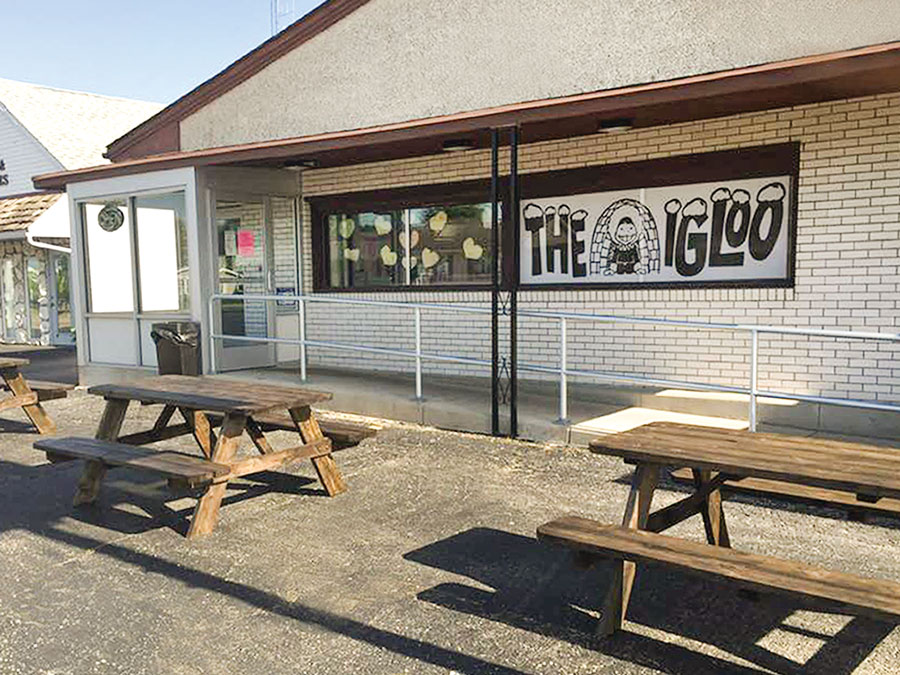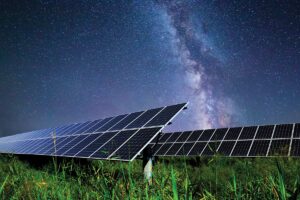October is National Co-op Month, and this year, it makes sense to use this time to recognize and celebrate the variety that is the essence of being local.
That local heritage for electric co-ops started in the 1930s with neighborly visits, often on horseback from one farm to the next, talking about the lights they could see in the city but didn’t have themselves. They weren’t likely to get those modern conveniences because no company saw a profit in stringing wires to power a few light bulbs in a remote farmhouse.
No such thing as a typical co-op
Local farmers took matters into their own hands. They pooled $5 startup fees, organized member-owned, not-for-profit electric cooperatives, and convinced local politicians to create a federal loan program to help with the rest of the cost. They created what others didn’t see: one of the most efficient agricultural economies in the world and communities based around a variety of business and industry, from manufacturing to tourism.
Today, 900 electric co-ops provide electricity to more than 20 million businesses, homes, schools and farms. They cover more than half the land in the United States. They employ more than 68,000 people and invest $12 billion a year in local economies, contributing $88.4 billion to the nation’s Gross Domestic Product.
Because electric co-ops are so uniquely local, it’s hard to describe a typical co-op. They’re big and small. The largest electric co-op serves nearly 350,000 members; the smallest, 113.
They’re in metropolitan and non-metropolitan areas. While rural electric co-ops don’t typically serve cities, many of the communities served have grown over the decades. About 40 percent serve counties classified as rural and 60 percent classified as metropolitan. Another way to look at that variety is by the average number of members served by each mile of power lines. The co-op with the densest population serves 78 members for each mile of line. The most remote co-op averages less than one person per mile of line.
While those numbers reflect the variety and uniqueness of who co-ops serve, what they do also matters.
Less pollution, more renewable energy
As co-op members became more aware of environmental priorities, co-ops focused on reducing power plant emissions. From 2009 to 2016 co-ops reduced greenhouse gas emissions by 8 percent, nitrogen oxide emissions by 24 percent and sulphur dioxide emissions by 66 percent. Co-ops also launched energy efficiency programs, many offering home and business energy checkups to make sure members got the best value for their energy dollar.
Electric co-ops are helping power the growth in alternative energy. They pioneered in the development of community solar, which allows co-op members to participate in renewable energy without the expense and effort of installing solar panels on their own property. Co-op solar capacity has more than quadrupled in the past five years. Seventeen percent of co-op electricity now comes from hydroelectric power, solar, wind and other renewable sources.
Now that we’re all faced with the fallout from the effects of COVID-19, electric co-ops are again on the job as the virus changes everything from the national economy to how we say hello to our neighbors.
Electric co-ops are developing payment plans for people out of work. They’re socially distancing line crews and setting up drive-in or virtual membership meetings.
The world keeps changing, and electric co-ops will continue to adapt. Each co-op’s approach may differ, but they’ll do whatever it takes to adapt in ways that make the most sense for the people in their community. That’s what it means to be a local electric co-op.










